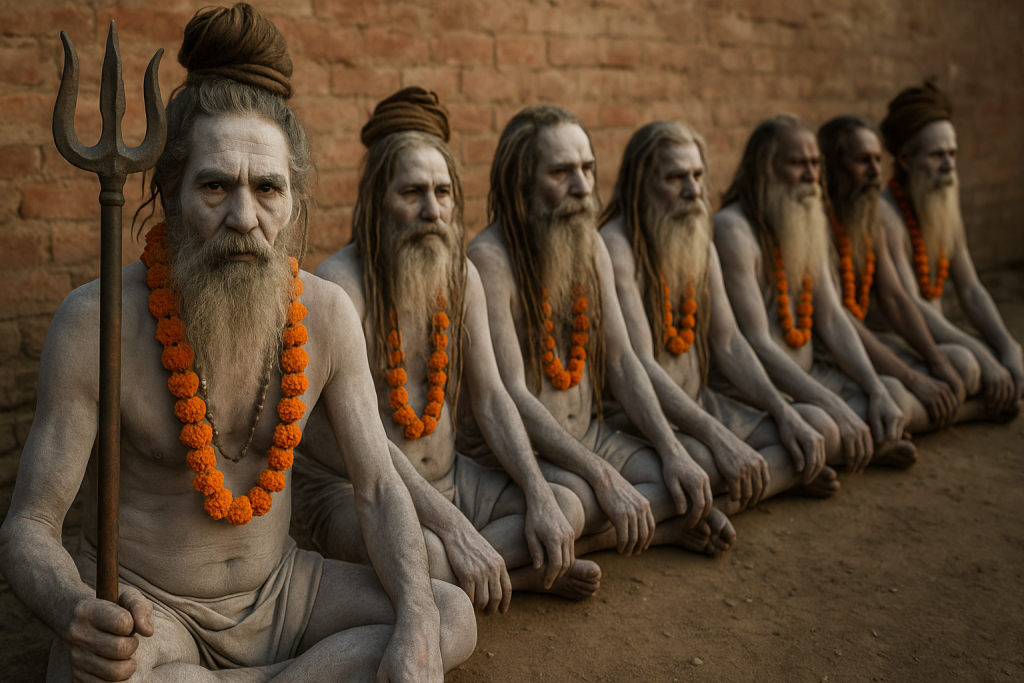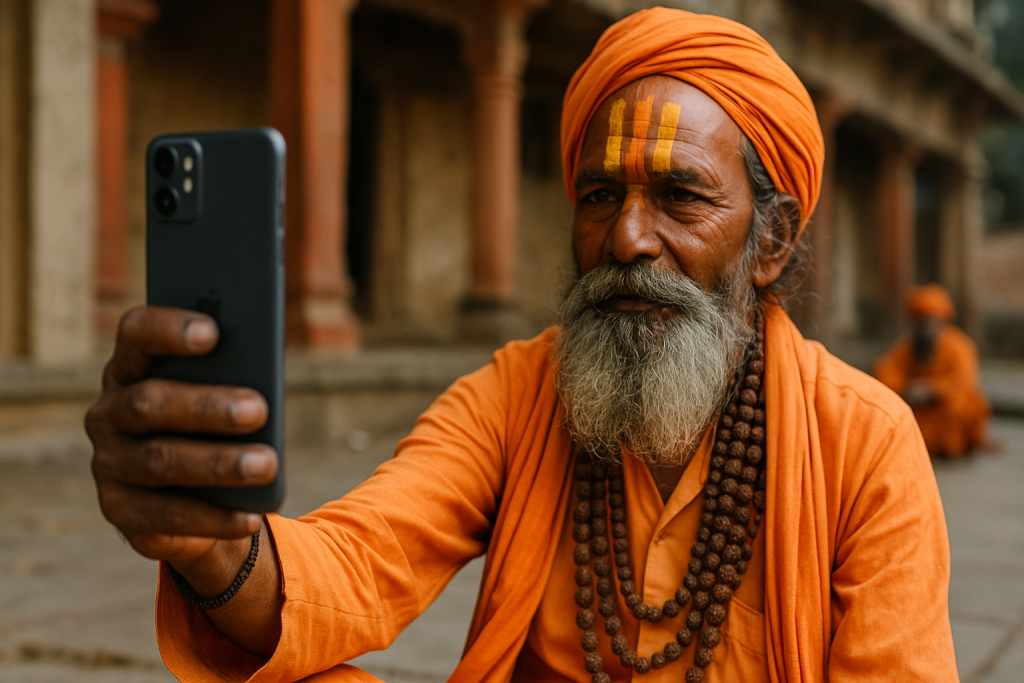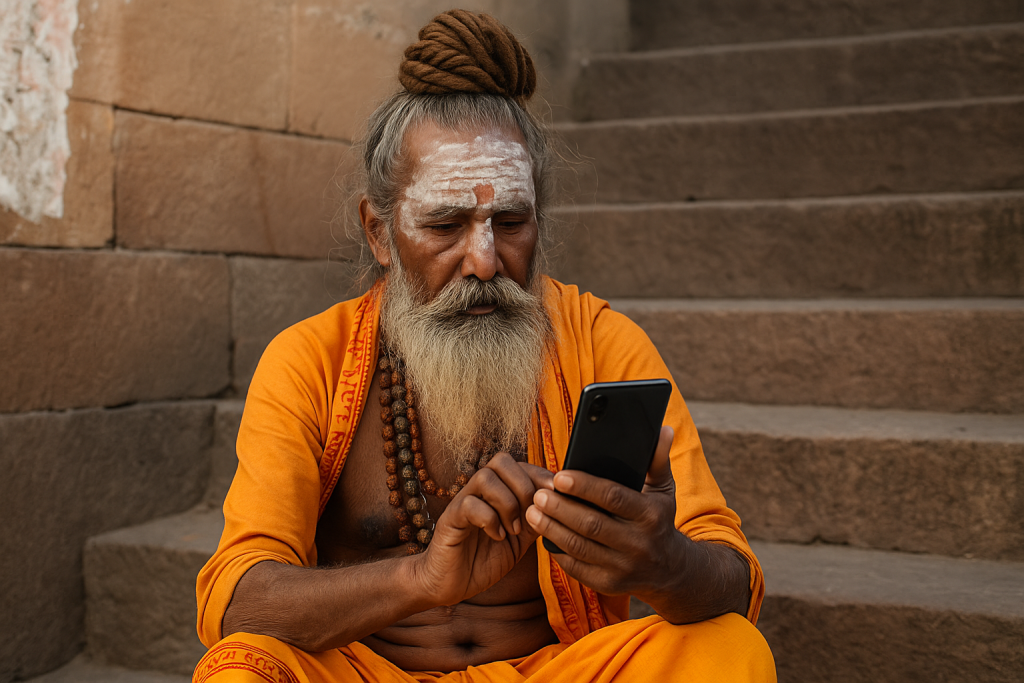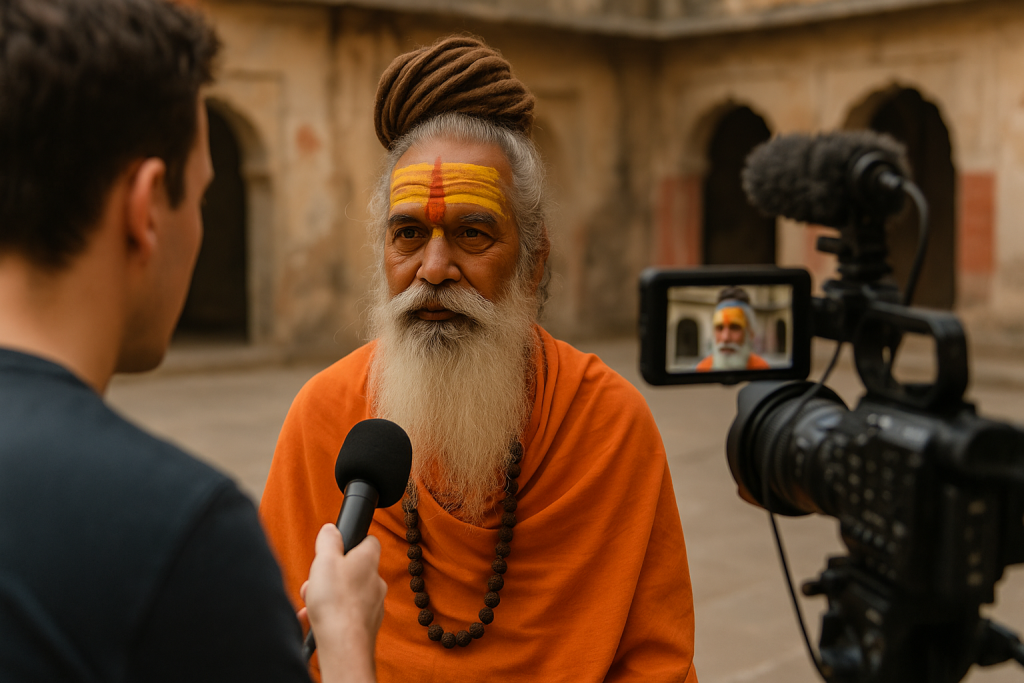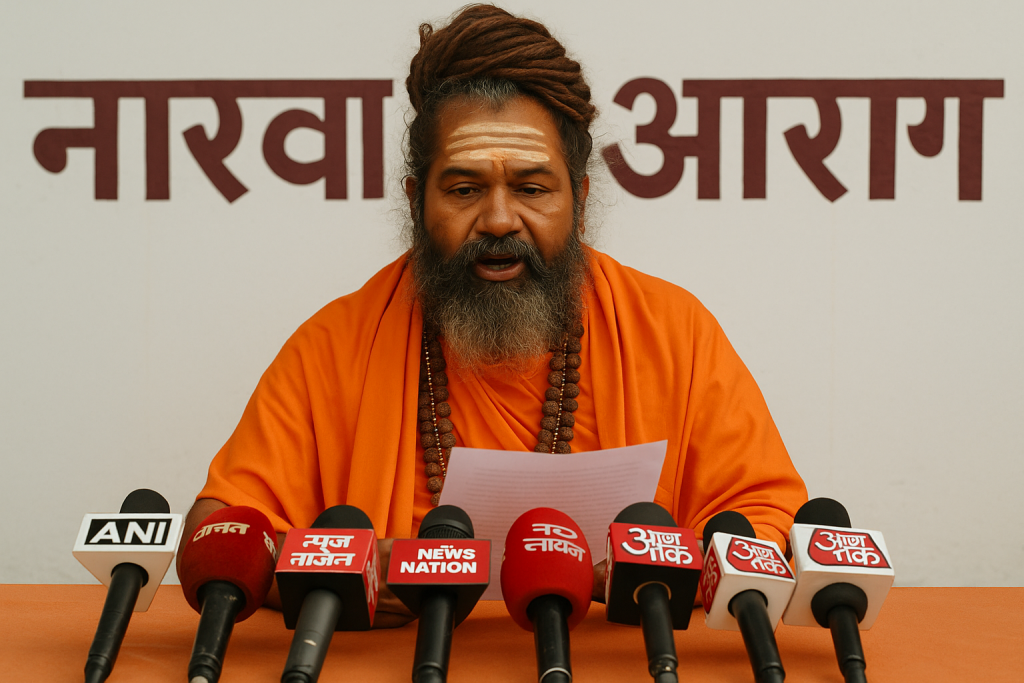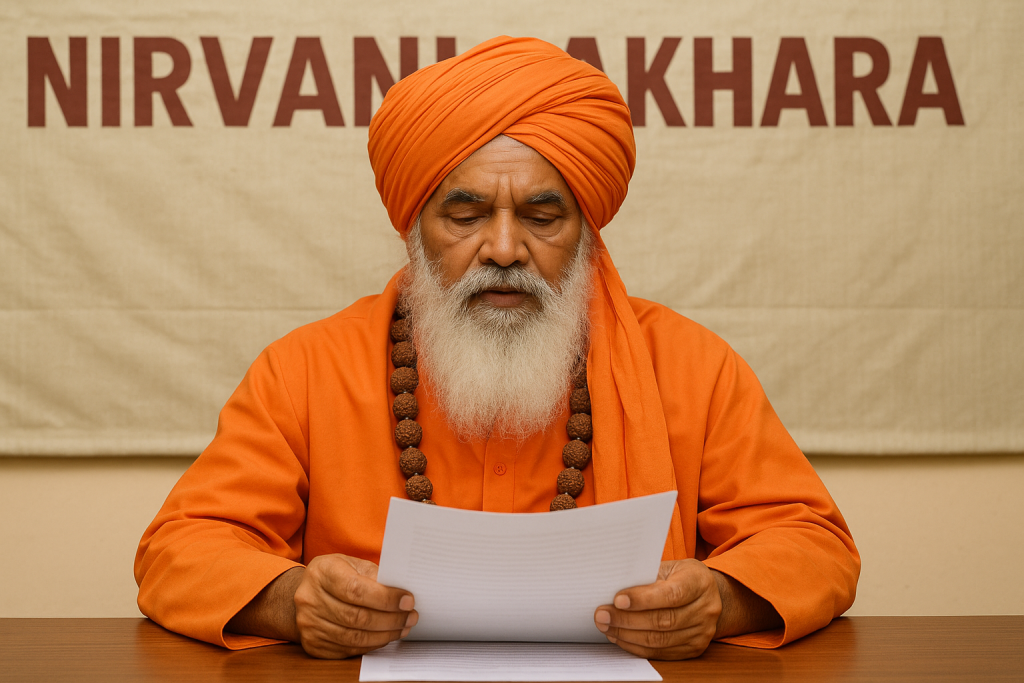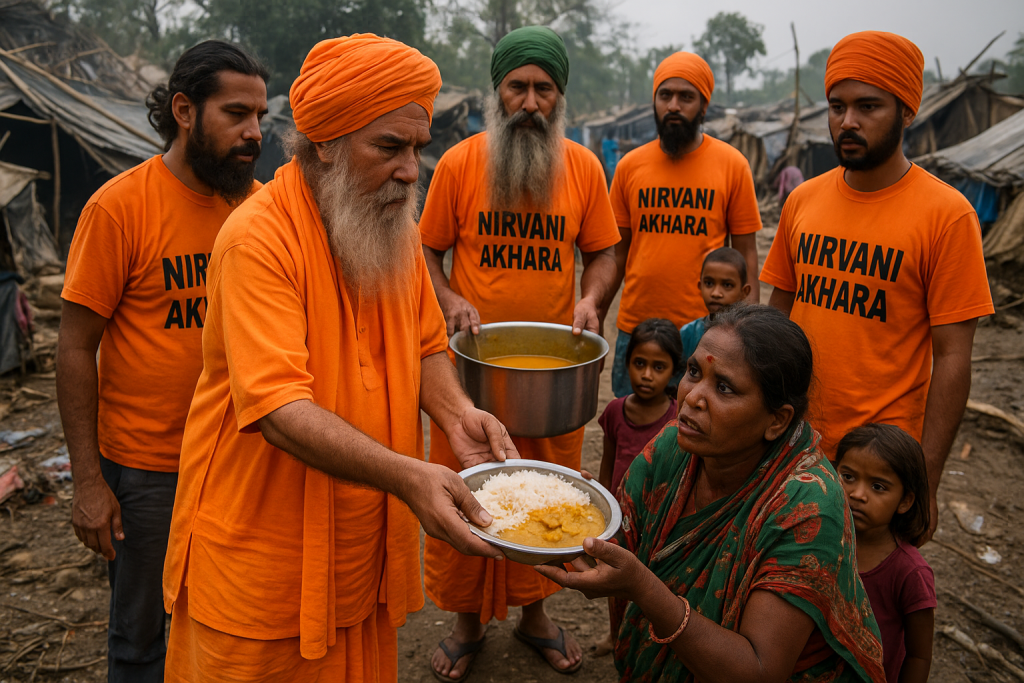In the ancient heart of Hindu monastic tradition, the Nirvani Akhara stands as a fortress of Shaiva wisdom and renunciation. Its history is not only written by well-known gurus and Acharyas but also by numerous unnamed or lesser-known saints whose profound spiritual lives have left a lasting imprint on the Akhara’s identity.
These historical saints, though not always recorded in written chronicles, live on in the oral tradition, temple legends, and the hearts of disciples who pass down their teachings through word and memory. They were the silent warriors of dharma—deeply immersed in spiritual practice, yet quietly shaping the destiny of one of India’s oldest Akharas.
The Forest Hermits and Wandering Mystics
Many of these saints chose the solitude of dense forests, Himalayan caves, or riverbanks over public recognition. Known for their intense tapasya (austerity) and detachment, they embodied the purest essence of nishkam karma—action without desire for reward.
Some were bhole sadhus, simple in appearance but radiant with inner wisdom. Their devotion to Lord Shiva was absolute. Through japa (chanting), dhyana (meditation), and seva (service), they transformed remote regions into centers of spiritual energy. Their ashrams—often no more than huts—became shelters for seekers and spiritual aspirants.
Saints Who Defied Time
Among them were saints like Swami Anantananda Giri, whose long years of silence (maun vrat) earned him a reputation as a living embodiment of Shiva’s stillness. He spoke rarely, but his presence was said to transmit teachings beyond words.
Another revered figure was Swami Rudranath Giri, a warrior ascetic who protected sacred sites during times of conflict and taught his disciples both martial discipline and Vedantic knowledge. Though not widely known today, in his time, he was called “the shield of Shiva” by his contemporaries.
Guardians of Dharma in Disguise
Some saints of Nirvani Akhara blended seamlessly into society, living as wandering monks while subtly guiding householder communities and reviving forgotten temples. These saints did not seek recognition or titles. Their only focus was preserving shastra (scripture) and shakti (spiritual power) wherever they went.
Many lived and died anonymously, with their samadhis (final resting places) only later recognized as powerful spiritual centers. Today, these sites continue to attract pilgrims, seekers, and monks who feel their spiritual charge—testament to their enduring presence.
Conclusion
The forgotten saints of Nirvani Akhara were not forgotten by the divine. Though history may not know their names, the energy they invoked still pulses through the Akhara’s rituals, practices, and sacred grounds. They remind us that greatness in spirituality is not measured by fame, but by surrender—to the guru, to the tradition, and above all, to Lord Shiva.

